
DOOSANDOOSAN AC SERVO MOTOR/DRIVE VISION DVSC - TM Series
of the equipment.
0 : Selects when the rotation direction of the motor and the equipment is the same.
1 : Selects when the rotation direction of the motor and the equipment is different.
□2 Option function
This parameter is used when the NC uses the drive itself JOG mode or sets the origin position.
For use this function, OVR0 and OVR1 contact points must be connected between the drive and
the NC, and the NC program should support this feature.
0 : Option disable 1 : Option enable
OVR0 OVR1 function
OFF ON The operation mode will be changed as the drive itself JOG, and the motor
rotates by JOG+, JOG- signals.
ON ON Machine origin setting will be executed.
□3 Direction fixing, JOG function selection
This parameter defines the function of JOG+(no.20) and JOG-(no.23) signals of CN1 connector.
0 : Defined as direction fixing signal.
JOG+ JOG- Rotation direction
OFF OFF Detects the shortest distance and rotates.
OFF ON The motor always rotates in clockwise.
ON OFF The motor always rotates in counterclockwise.
ON ON The motor always rotates in counterclockwise.
* The above statement is applicable if the parameter 1 is set as 0. If the parameter is set as
1, the motor rotates the opposite way.
1 : Magazine JOG operation signal (This is used when it need to move the tool post by the
JOG signal at the Magazine.)
JOG+ JOG- Contents
OFF OFF Only operates by position data input.
OFF ON Step JOG operates towards the direction the POST number decreases.
ON OFF Step JOG operates towards the direction the POST number increases.
ON ON Cannot be defined.
* The above statement is applicable if the parameter 1 is set as 0. If the parameter is set as
1, the motor rotates the opposite way. And, the position data input will be ignored if JOG+
and JOG- signals are ON.
※ For more detailed explanation, refer to ‘JOG operation’ section.
□4 Encoder pulse per 1 rotation
This parameter displays 1/4 value of encoder pulse count per rotation.
□5 Maximum POST number
This parameter sets the maximum POST number. If parameter 46 is set as 3, it’s possible to set as
maximum 255. At the Teaching mode, it’s available up to 99. The position data input exceeding the
setting number will be ignored.
Setting range : 2 ~ 127 or 255 Teaching function : 2 ~ 99
□6 Gear ratio of motor side
This parameter sets the motor rotation counts until the machine moves up to the POST set in the
parameter 7.
Setting range : 1 ~ 9999
□7 Gear ratio of machine side
This parameter sets the POST number variation until the motor rotates up to the setting data in
the parameter 6.
Setting range : 1 ~ 9999
Example)
1. At the TC model, the turret has 10 POST(10 angle) and makes 1 revolutions until the motor
makes 30.75 revolutions. In case the reduction gear ratio is determined like this, the parameter
will be set as follow, because 1 revolution of turret corresponds with 10 POST move.
Maximum POST number : 10
Gear ratio of motor side : 3075
Gear ratio of machine side : 1000
2. At the MC model, the Magazine has 41 POST(41 POT) and moves 9 POSTs until the motor
makes 101 revolutions. In case the reduction gear ratio is determined like this, the parameter will
be set as follows.
Maximum POST number : 41
Gear ratio of motor side : 101
Gear ratio of machine side : 9
□8 POST number of origin
When setting the origin of machine, input the POST number that will be set as origin into this
parameter. If parameter 46 is set as 3, it’s possible to set as maximum 255.
Please refer to ‘Machine origin setting’ for more detailed explanation.
Setting range : 1 ~ 127 or 255
□9 24 angle alternate angle function selection
This parameter sets the 24 angle alternate angle function of the Turret.
0 : Alternate angle function disable
1 : Alternate angle function enable
10 Position loop proportional gain
The proportional gain of the position loop is the parameter which determines the response of
position control loop. If the value increases, the mechanical response gets better. However,
mechanical impact on the machine may occur when the motor starts or stops. If the value
decreases, the mechanical response will get worse and position error increases by remaining pulse.
This also relates with the speed loop gain.
Setting range : 0 ~ 9999
□11 Speed loop proportional gain
The proportional gain of speed loop is the parameter which determines the response of the speed
control loop. As external characteristics, it determines the degree of rigidity. If the value of the
proportional gain increases, the rigidity becomes better. Thus the larger the setting value is the
better, but too large setting may cause oscillations and hunting. The value should be set as large
as possible under a stable condition.
Setting range : 0 ~ 9999
□12 Speed loop integral gain
The integral gain of the speed loop is a compensatory factor which reduces normal state error and
increases rigidity. If the value of integral gain is increased, the rigidity will get better. But too large
setting may cause oscillations and the system may become unstable.
Setting range : 0 ~ 9999

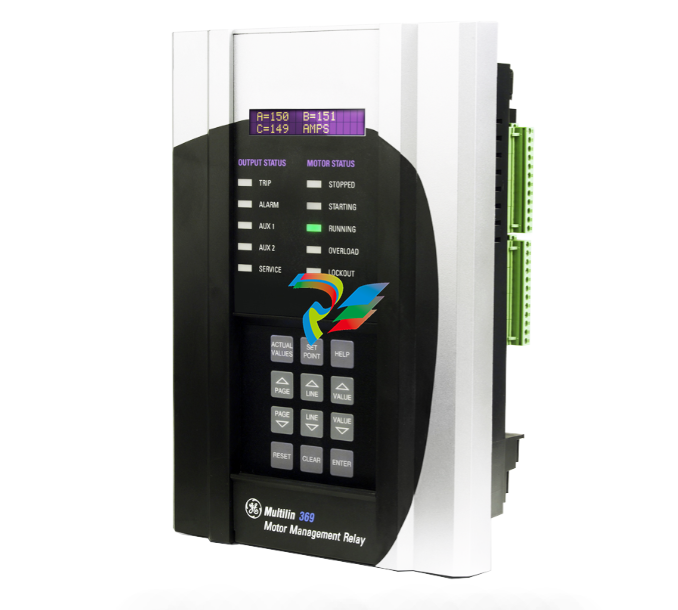
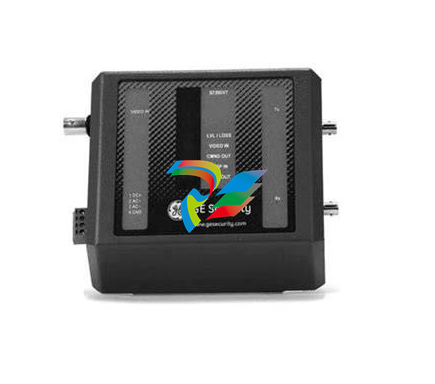
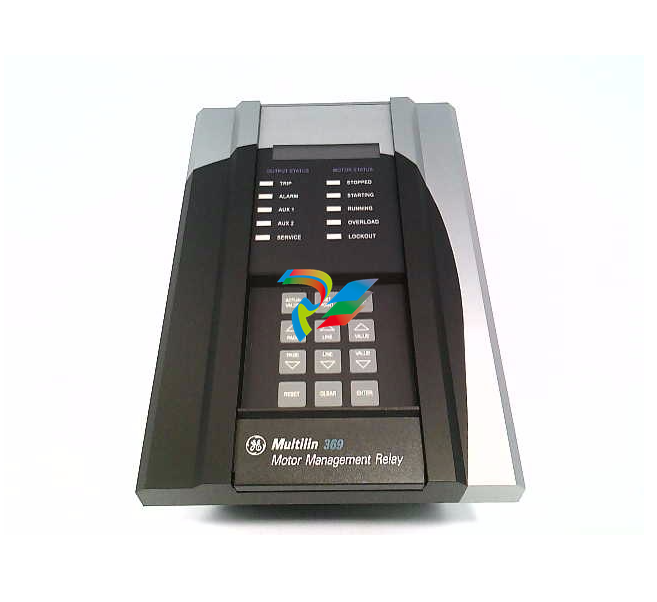
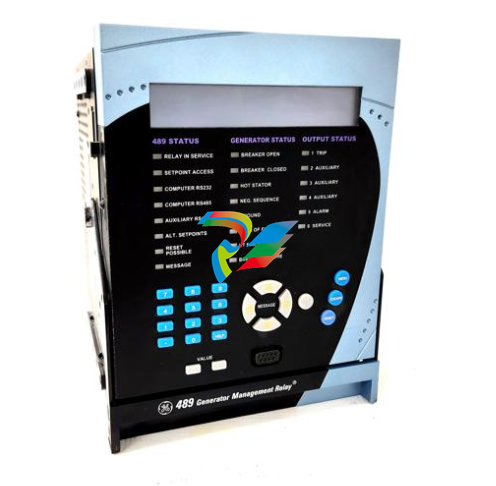
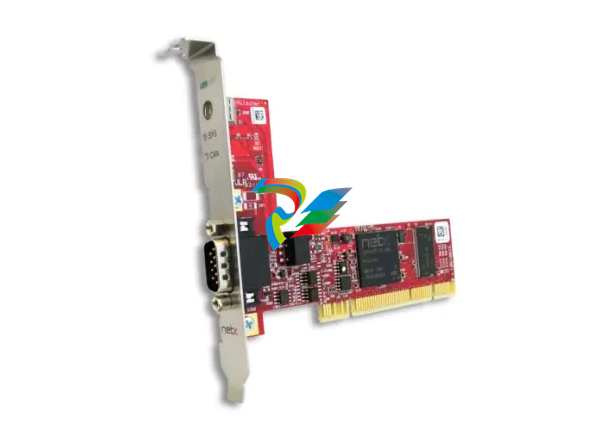


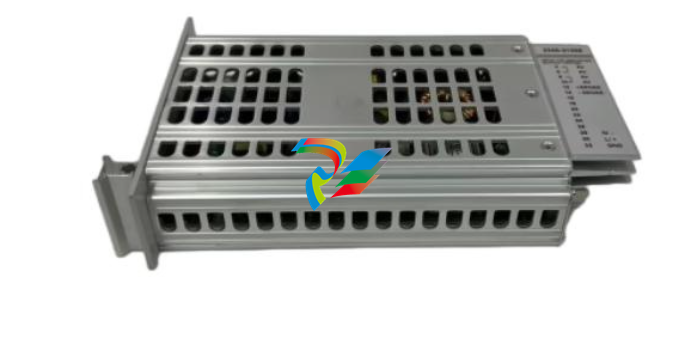
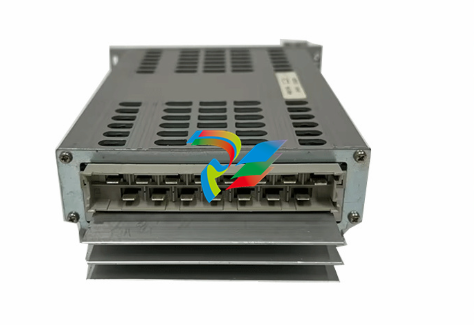

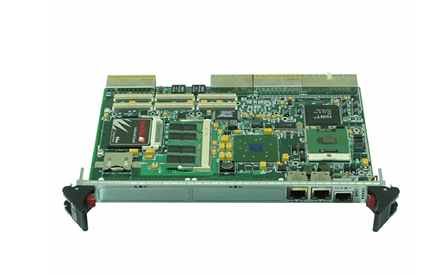
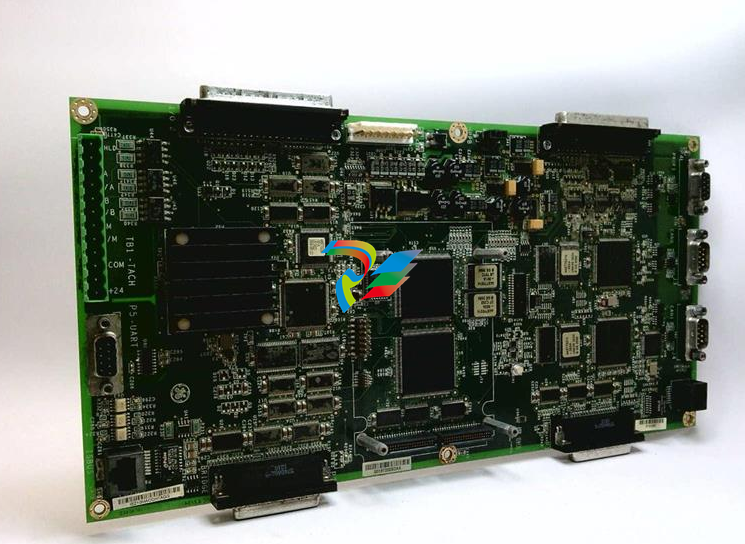


.jpg)
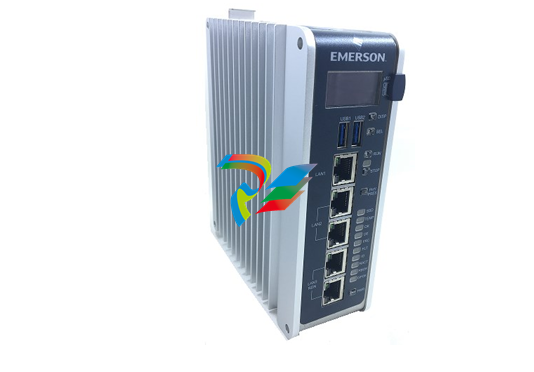
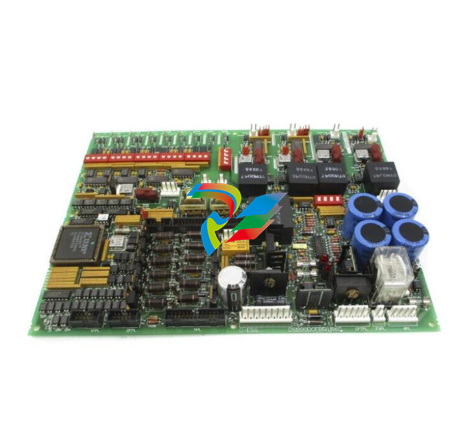

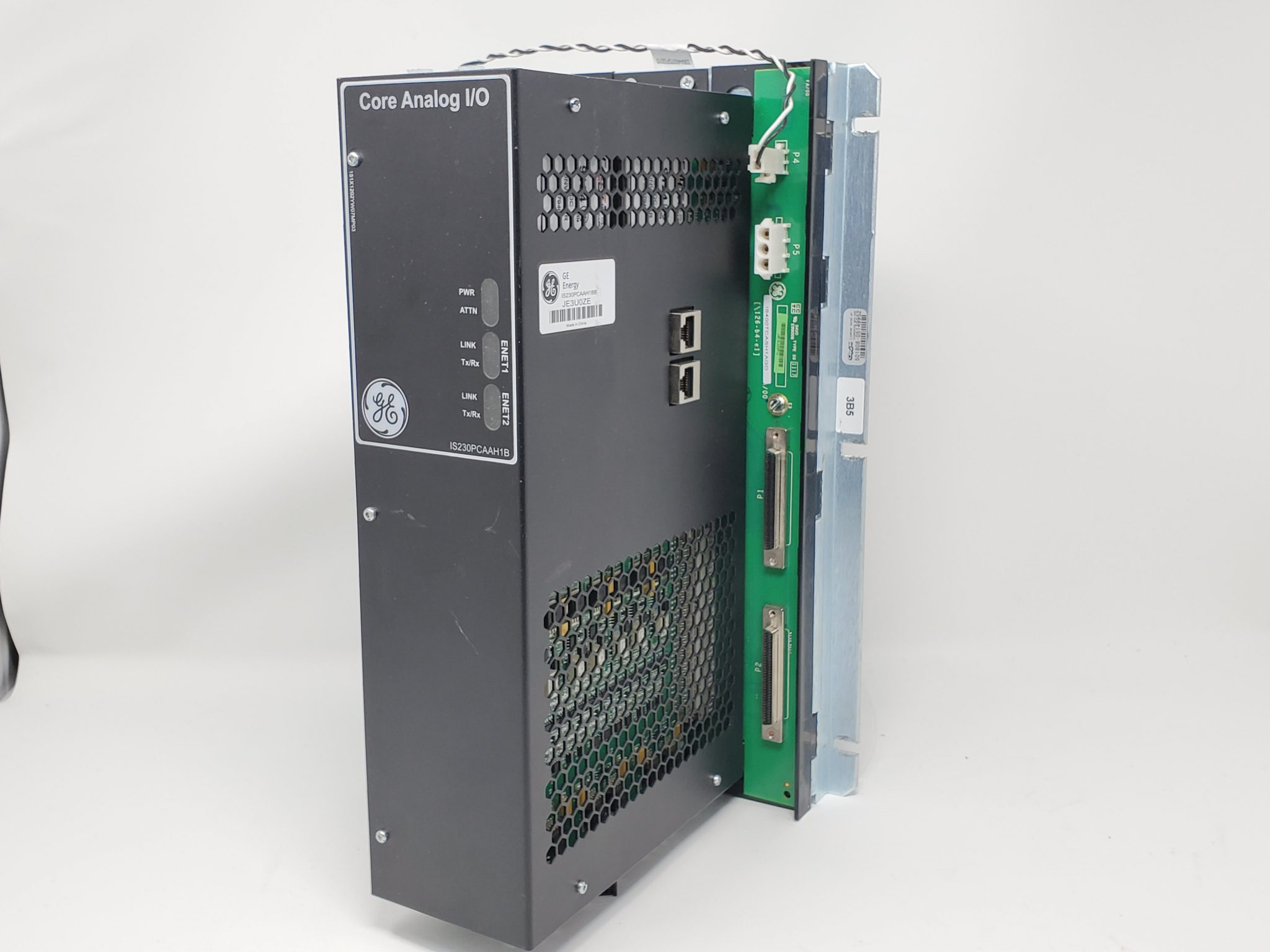

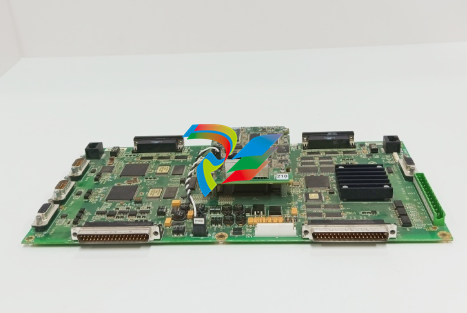
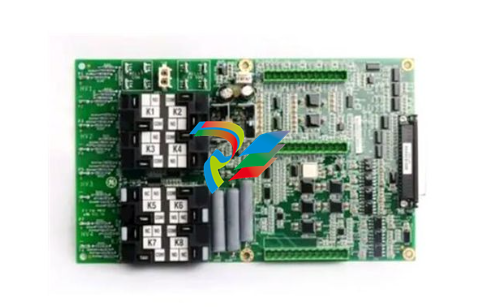
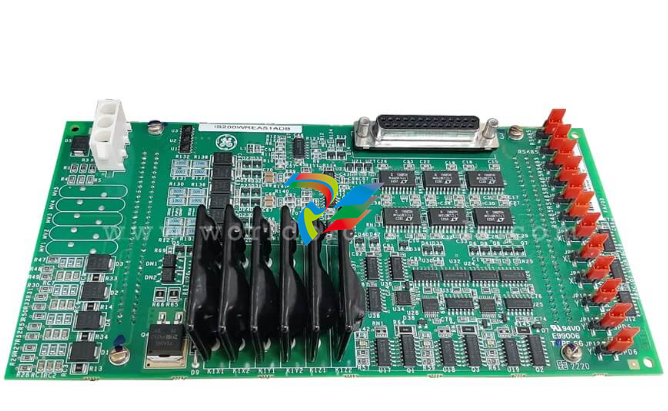
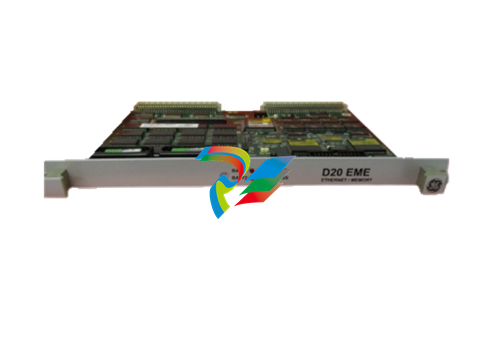
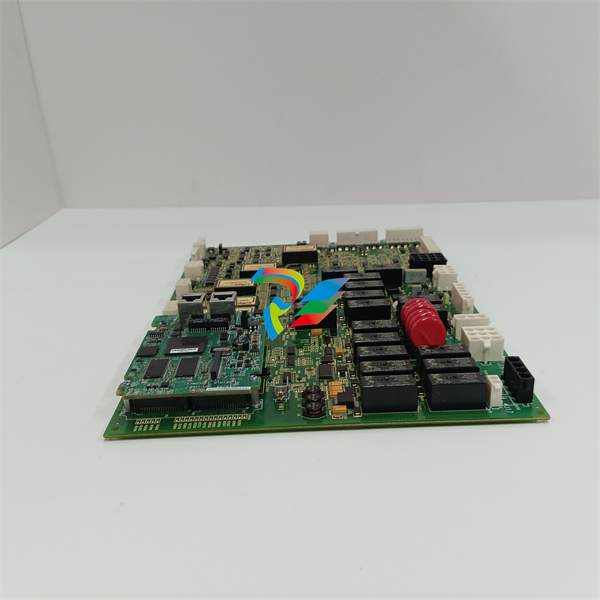
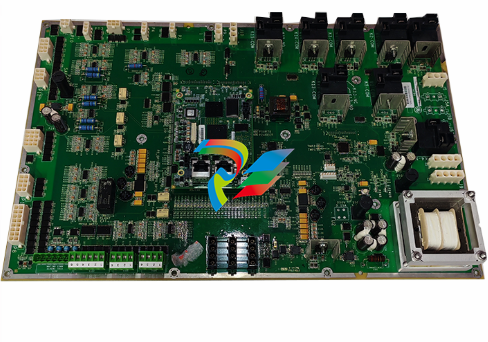
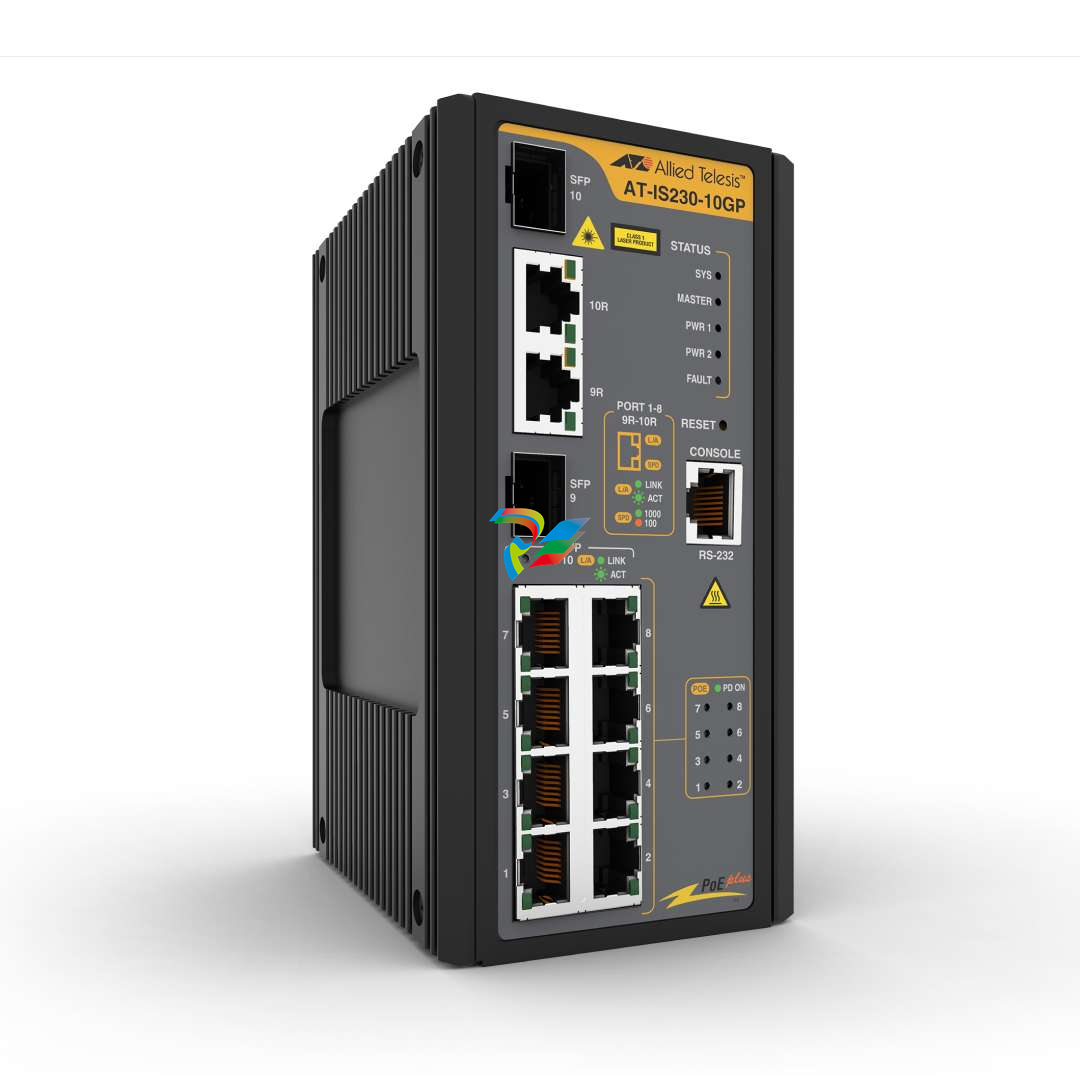
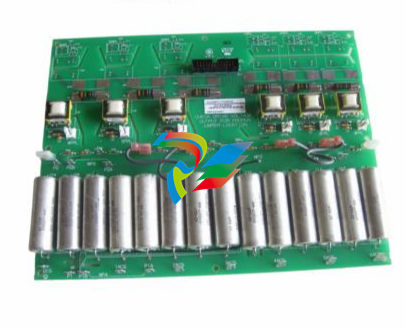

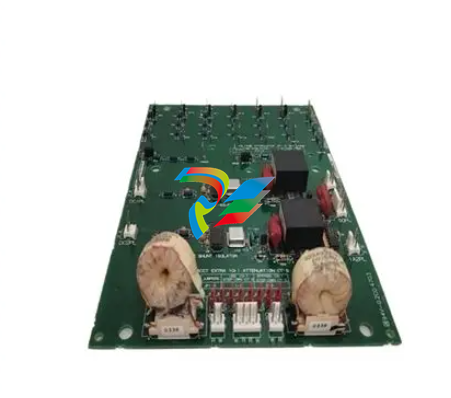

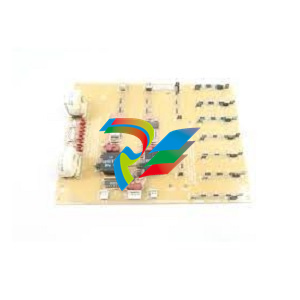
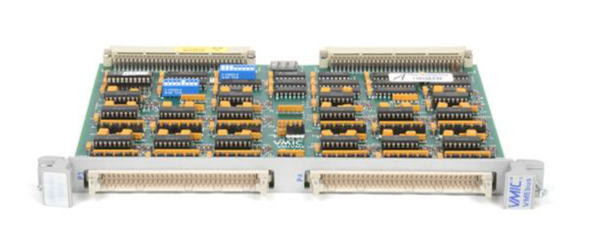
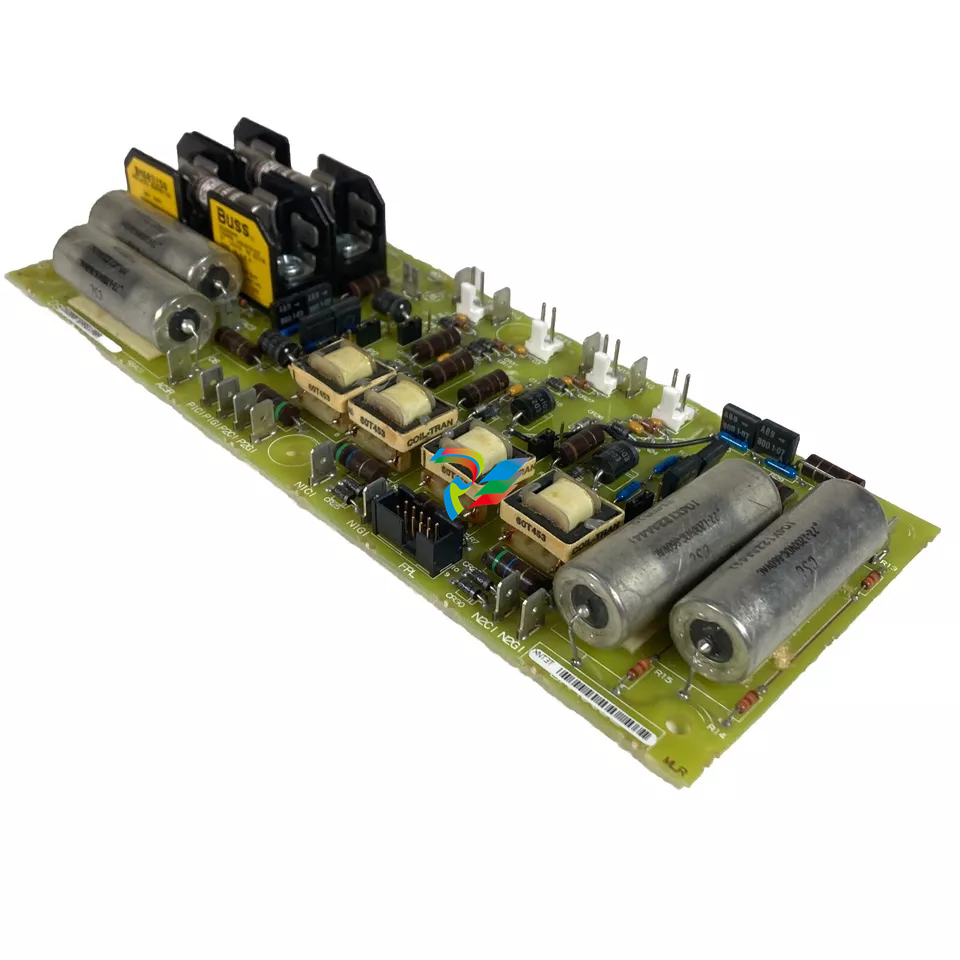
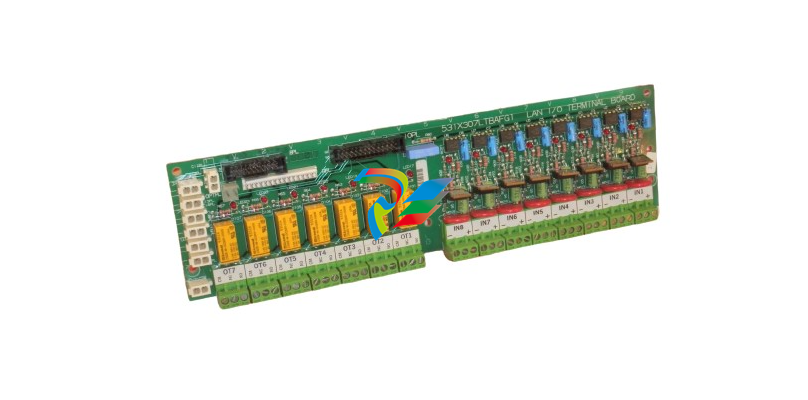


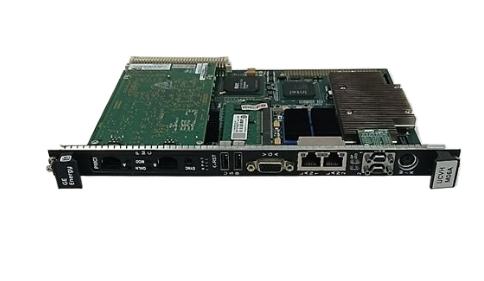
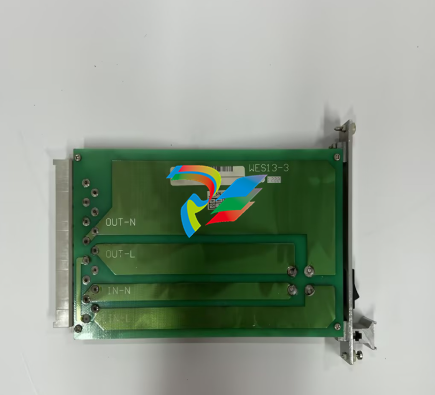
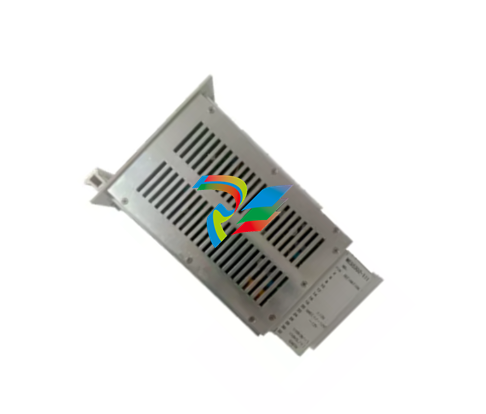
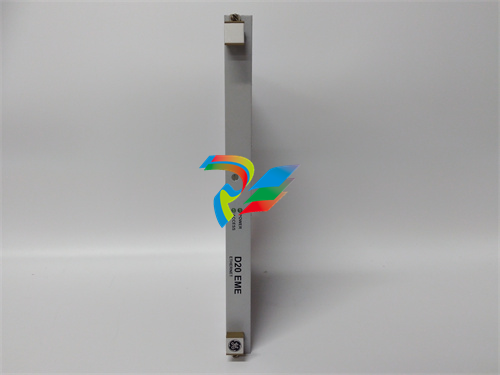
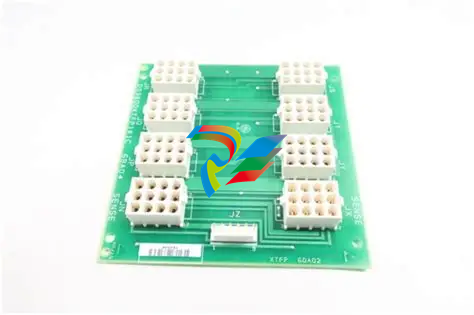






































.jpg)
.jpg)





.jpg)



.png)
.jpg)

.jpg)
_lVjBYb.jpg)

.jpg)
.jpg)



.jpg)
.jpg)







